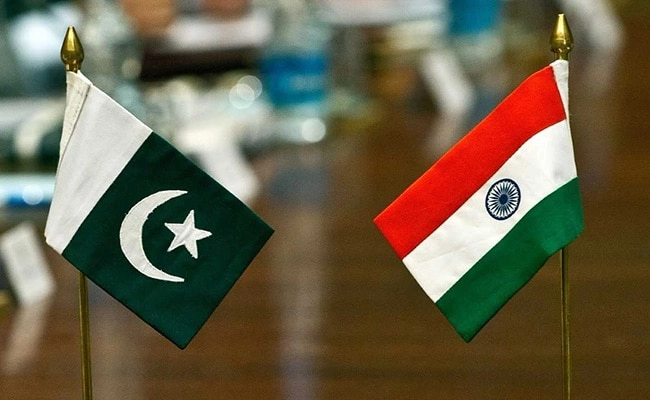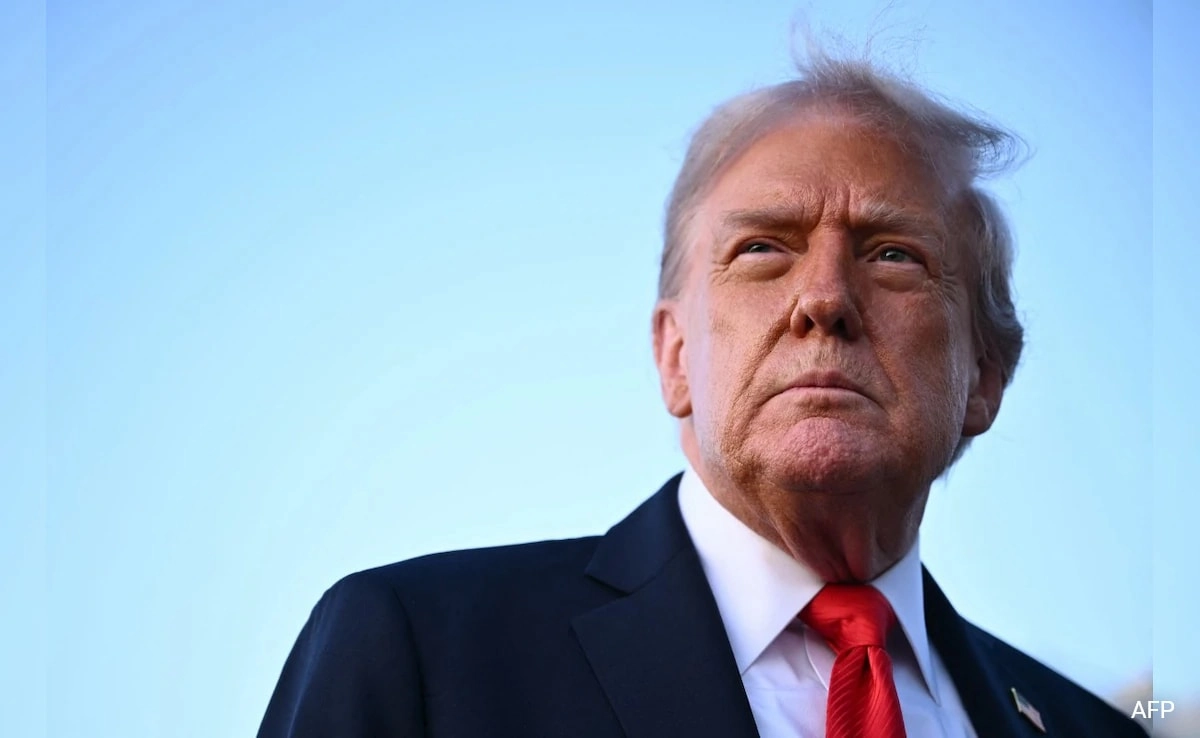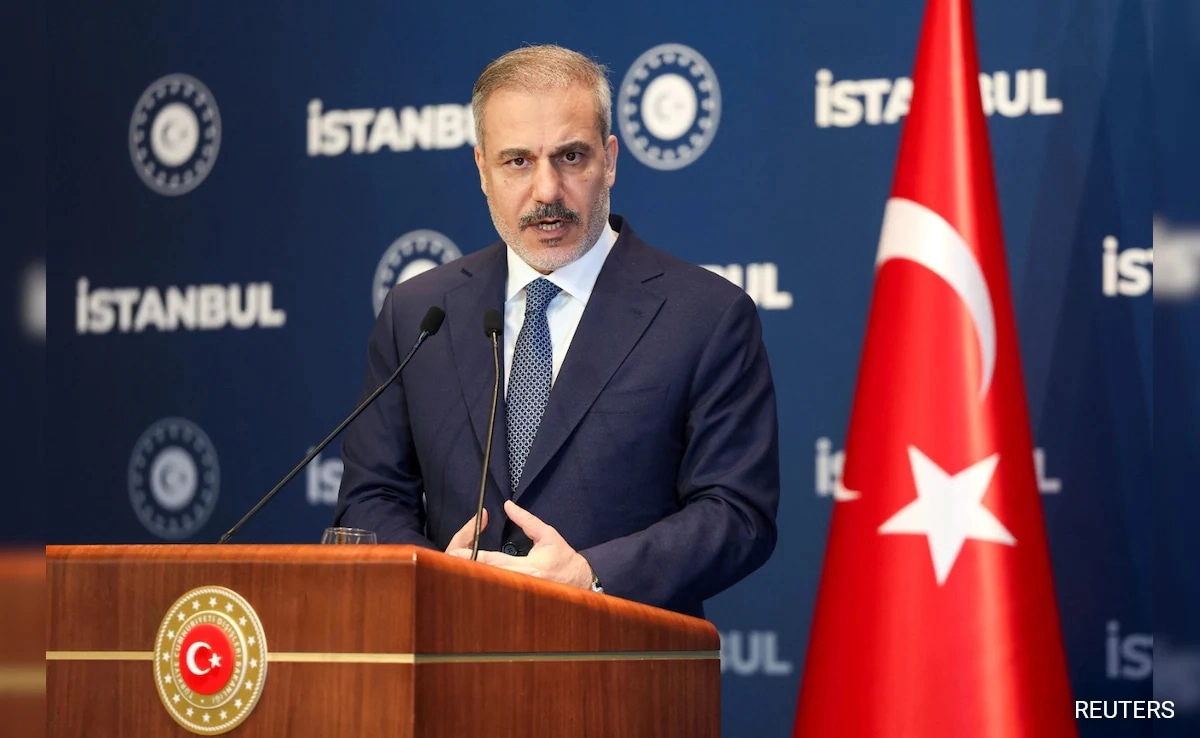Pakistan celebrates its Independence Day on August 14, while India observes its Independence Day a day later, on August 15. This difference in dates is rooted in the historical events surrounding the end of British colonial rule in the Indian subcontinent in 1947. The partition of India, which led to the creation of two separate nations—India and Pakistan—was a significant moment in South Asian history. The British decision to decolonize was influenced by various factors, including the growing demand for independence from Indian nationalists and the economic strain caused by World War II.
On August 14, 1947, Pakistan emerged as an independent nation, marking a pivotal shift in the region’s political landscape. The celebration of this day is deeply ingrained in the national identity and culture of Pakistan. It is a time for reflection on the sacrifices made by those who fought for the country’s freedom, as well as a celebration of the values of unity, faith, and discipline that were emphasized by the founding leaders. The date also symbolizes the hope and aspirations of the people to establish a sovereign state based on their cultural and religious identity.
In contrast, India gained independence from British rule on August 15, 1947. This day is marked by the nation’s first Prime Minister, Jawaharlal Nehru, delivering his iconic “Tryst with Destiny” speech, which emphasized the country’s newfound freedom and the responsibilities that came with it. The celebrations in India focus on national unity and the diversity of its population, as well as the democratic principles that underpin the nation. The difference in the celebration dates is often a point of contention between the two countries, reflecting the complex and often tumultuous relationship they share.
Both nations commemorate their independence with fervor, showcasing their unique cultural heritages and the journey they have taken since their emergence. In Pakistan, the day is celebrated with flag-raising ceremonies, parades, and various cultural events, while in India, it is marked by hoisting the national flag, cultural performances, and a sense of national pride. Despite the differing dates, the essence of these celebrations is rooted in the shared history of struggle against colonial rule and the desire for self-determination. The independence movements in both countries were driven by a common goal, yet the paths they took have defined their distinct national identities today.




